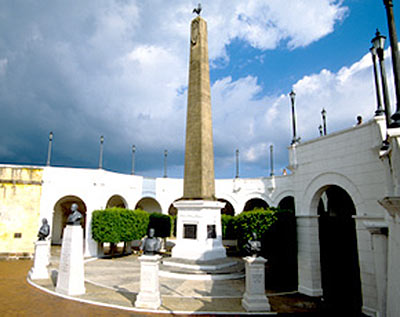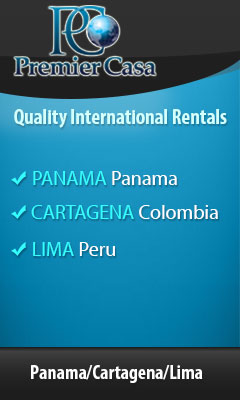Casco Viejo

Also known as Casco Antiguo and San Felipe, the city was constructed and settled in 1671 after the destruction of the original city by Captian Henry Morgan. The new walled city offered a strategic vantage point to its residents against pirate attacks. Casco Viejo was declared a World Heritage Site in 1997, and is the oldest city on the Pacific Coast of the Americas.
A total of 16 hectares were selected to build the new city, protected by stone and lime walls. The district preserves its original octagonal layout which defines the boundaries of the city.
While the modern city grows up around this historic gem, this neighborhood undergoes a complete restoration to preserve its identity.
The 940 colonial buildings which make up this district are built up along the narrow cobblestone streets, and many are in various stages of restoration. Its architecture is predominantly Spanish and French Colonial. The master plan positions at its center three Squares: Plaza Bolivar, Plaza Independence and Plaza Catedral which sets the stage for the city's impressive 17th century cathedral.
Casco Antiguo is the backdrop for new businesses, an eclectic and ever growing collection of restaurants catering to every palate, museums, and historical monuments. Spectacular vistas of the Bay of Panama from picturesque Paseo de Las Bovedas, imposing views of the modern city skyline on one side, and on the other, the entrance to the Panama Canal make Casco Viejo is an obligatory tourist destination.
All the pictures are courtesy of Autoridad de Turismo de Panama






